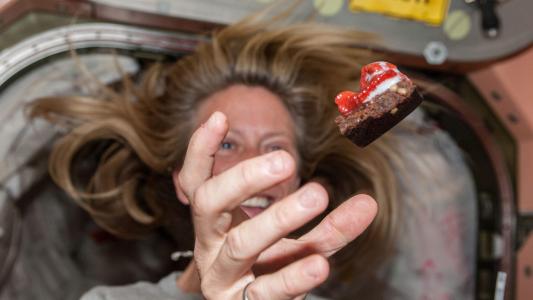NASA’s Curiosity rover has captured images of colorful clouds on Mars — and not only are they stunning, they’re also yielding new insights into the Red Planet.
Waiting game: Clouds on Mars are rare, and they typically only form over the planet’s equator during the coldest part of the Martian year (which is about twice as long as a year on Earth).
During the last Martian year, NASA scientists noticed clouds forming over the Red Planet earlier than expected, so they made sure the Curiosity rover was ready to start snapping images of the early-forming clouds this year.
Eyes on the sky: Curiosity started taking pictures of the clouds on Mars in January, using both its black-and-white navigation cameras and its Mast Camera (Mastcam), which can record in color.
NASA has now released some of the images, and while it’s strange to see photos of clouds on Mars in general, some of the color images would be eye-catching even on Earth.
“I always marvel at the colors that show up: reds and greens and blues and purples,” Mark Lemmon, an atmospheric scientist working on the Curiosity mission, said in a press release. “It’s really cool to see something shining with lots of color on Mars.”
New discoveries: Based on the brightness of the Martian clouds in the Mastcam images, NASA scientists can estimate their altitude, and it appears they’re higher in the sky than expected.
That suggests that some of the clouds on Mars might be made of dry ice (frozen carbon dioxide particles), instead of water ice.
They can also estimate the ages of the Martian clouds by looking at the colors in the photos.
“If you see a cloud with a shimmery pastel set of colors in it, that’s because the cloud particles are all nearly identical in size,” Lemmon said. “That’s usually happening just after the clouds have formed and have all grown at the same rate.”
Clouds captured by Curiosity’s Mastcam in March 2021. Credit: NASA / JPL-Caltech
The NASA scientists now plan to study the images further in the hopes of gleaning new insights into clouds on Mars — and figuring out why these particular puffs showed up earlier than normal.
We’d love to hear from you! If you have a comment about this article or if you have a tip for a future Freethink story, please email us at tips@freethink.com.
